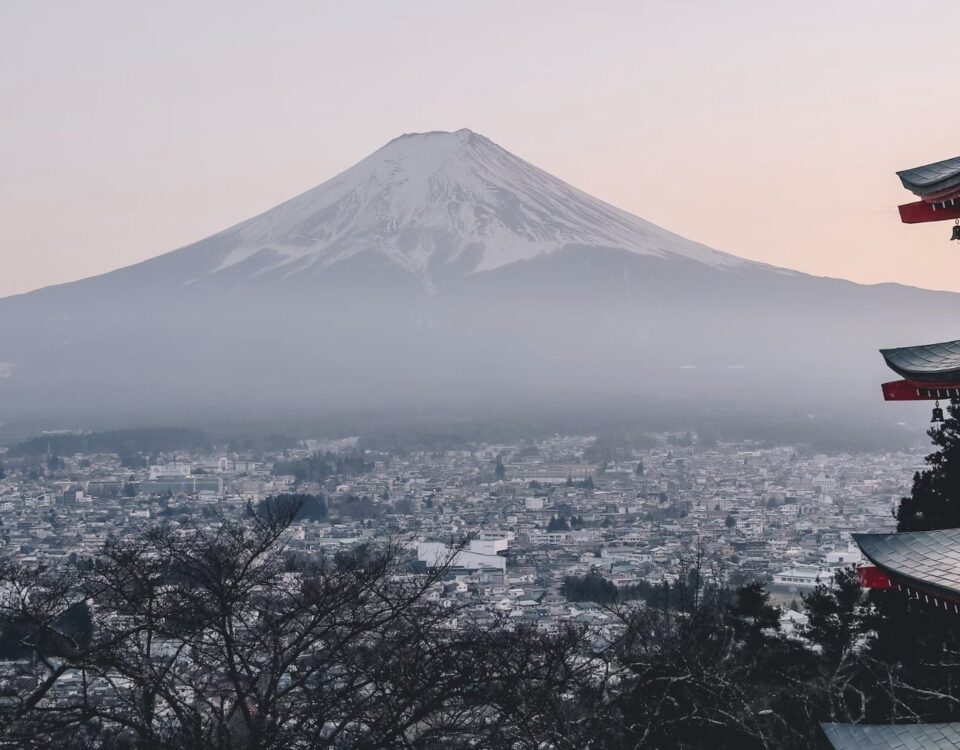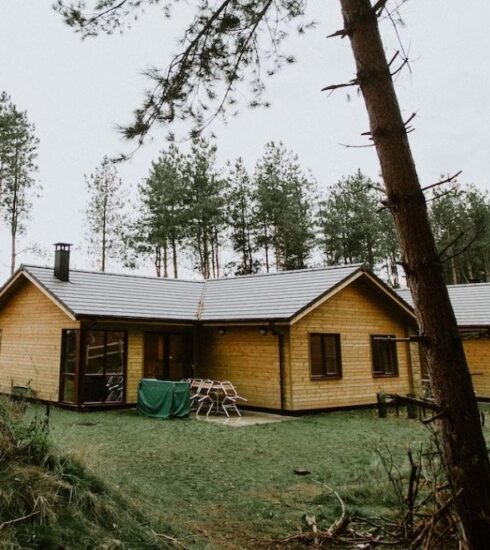The best Travel Tips for Japan:This is what you need to know!
Whether you are visiting Japan for the first time, or planning a return visit, these travel tips for Japan will help you prepare your trip and get the most out of your stay in the country.
This is a long article, with 39 of our best travel advice for Japan. If you have the time and interest, we hope you’ll read all the way through.
Planning your trip to Japan
First things first:if you are in the early planning stages, this section will help you decide when to go, where to go and what to do during your Japan adventure! Of course, getting travel and cancellation insurance is a very useful thing to do before booking such a big trip.
1. Decide when to visit Japan
Japan is truly a year-round destination. Each season brings its own highlights, from cherry blossoms in spring and festivals in summer, to the beautiful foliage in autumn and epic skiing in winter. There is plenty to enjoy at any time of your visit.
The best time of year to visit Japan depends on your preferences for weather and crowds, and what experiences you most desire.
The dramatic differences between seasons require that you plan and pack well for the weather –whether you’re going to the beach or the ski slopes! Keep in mind that temperatures can vary significantly depending on the part of the country you are visiting, so check the weather forecast for your specific destination.
2. Where to go:Japan’s best destinations
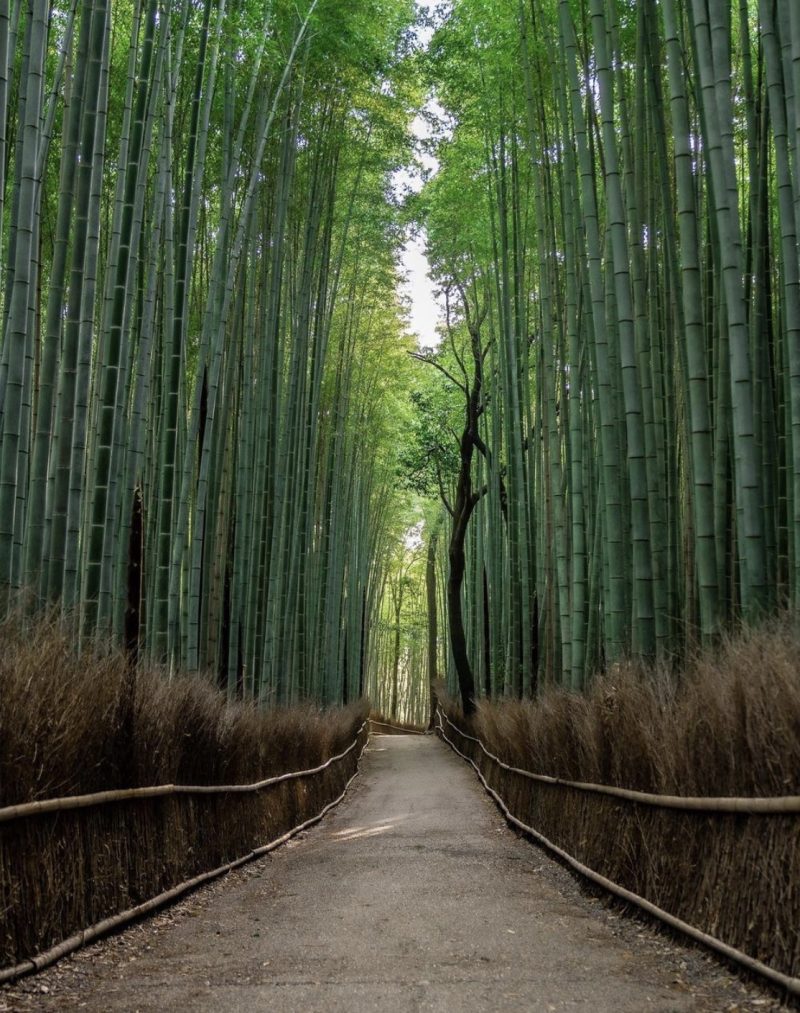
Japan has a remarkable number of destinations to choose from and an equally impressive number of things to do in each destination.
To get the most out of your trip, we recommend figuring out your itinerary well in advance. Things like accommodation and tickets to events often sell out quickly –especially in high season –so planning ahead avoids disappointment.
If you’re looking for some inspiration, check out our sample two-week Japan itinerary, and the rest of our unique and immersive sample Japan itineraries.
3. Unique Japanese experiences
Visiting Japan is an opportunity to have unique and memorable experiences. There are, of course, far too many to fit into one trip.
4. Venture outside the big cities
When you think of Japan, the first places you probably think of are the major cities of Tokyo, Kyoto and Osaka. These are great places to visit, but by no means all that the country has to offer.
To gain a deeper understanding of Japan, try exploring some off-the-beaten-path destinations –especially if this is not your first trip. Trek north to the wilderness of Hokkaido, visit the peaceful villages of Shikoku, or explore some of Okinawa’s awesomely beautiful islands. Not only will you escape the crowds, but you’ll also get a glimpse of some of the most authentic and memorable parts of Japanese culture.
5. Spend a night in a Ryokan
A ryokan is a traditional Japanese-style inn, and we highly recommend staying in one or two nights during your trip. Ryokan are very different from ordinary hotels, and an essential part of the Japanese experience.
Most are located in the countryside and offer the perfect opportunity to unwind, rejuvenate, and enjoy the very best Japanese hospitality. Complete with minimalist tatami mat rooms, yukata robes, kaiseki meals, onsen baths, and futon bedding, you’re guaranteed to find an experience like no other!
For a more detailed view, take a virtual tour of a ryokan.
6. Discover true relaxation in an Onsen
Japanese onsen (hot springs) resorts offer the ultimate in luxury and relaxation. Whether you choose a historic indoor pool or a secluded outdoor location surrounded by breathtaking natural beauty, they represent a sublime, authentic cultural experience you won’t find anywhere else.
We have even more information about the onsen experience in the virtual ryokan tour mentioned above, but here are a few etiquette tips to keep in mind:
- Wash yourself thoroughly before entering the onsen itself to keep the water sparkling clean.
- Keep towels, toiletries and clothing (everything but yourself!) out of the water.
- Don’t stay in the hot water too long if you’re not used to it –and be careful when getting out. The high temperatures can make you feel lightheaded.
- If you are uncomfortable being naked in front of other people, consider renting a private onsen. Many upscale ryokan offer private baths attached to rooms, and others offer rentals by the hour.
7. Stay in a Buddhist temple
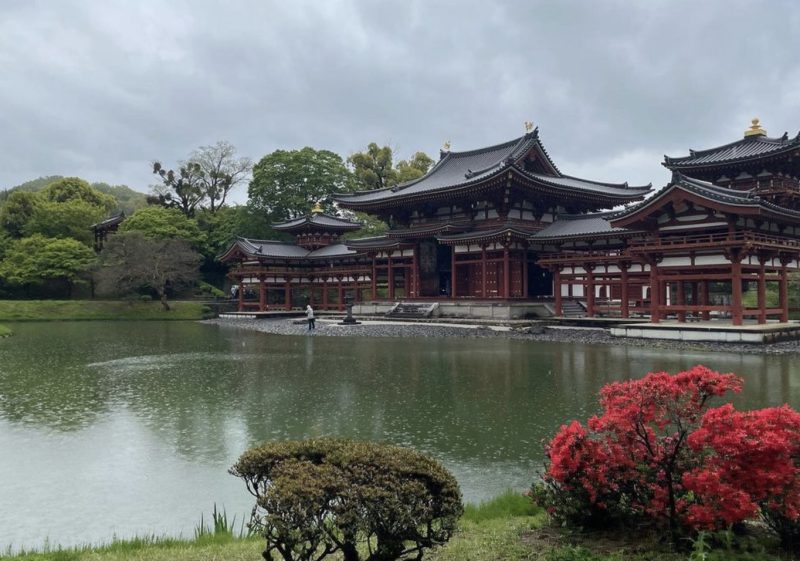
For an even greater escape from everyday life, a spiritual retreat at a Buddhist temple is just right.
Visitors can get a taste of Buddhist life by staying in a shukubo (temple stay), where you can participate in early morning prayers, meditation classes and traditional Buddhist vegetarian dishes. Some lodgings also allow you to help with work around the temple as a form of active meditation.
One of the best places to experience temple life is on mystical Mount Koya. With more than 100 Buddhist temples and the otherworldly Okunoin cemetery, it is one of the holiest destinations in Japan and the ideal location to immerse yourself in Zen.
8. Attend a Matsuri (festival)
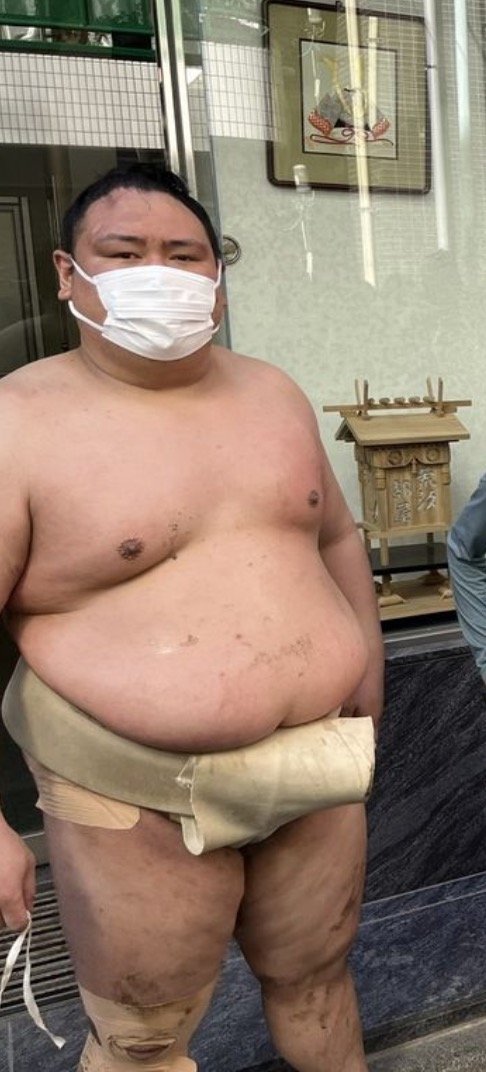
The matsuri (festivals) of Japan are nothing short of spectacular. Rich in tradition and bursting with color and energy, they showcase the country at its most dynamic and vibrant.
Attending a festival during your trip will be an unforgettable experience:a chance to taste authentic and seasonal street food, witness unique traditions, and immerse yourself in an important part of Japanese life.
Festivals take place all year round across the country, so regardless of your travel dates and itinerary, you should be able to find at least one to attend. Our list of Japan’s best festivals is a good place to start.
9. Cheer at a ball game or sumo tournament
To get an insight into a very different side of Japanese culture, consider attending a sporting event such as baseball or sumo –even if you are not a sports fan.
Sumo tournaments are all-day events steeped in age-old traditions –and they only take place six times a year. If you can’t attend a tournament, you can also go to a sumo exhibition or morning practice. Find all the details in our guide to sumo in Japan.
Baseball is a much more modern affair. A Japanese version of an American classic, the games are lively but very friendly, with enthusiastic fans singing and cheering almost nonstop from start to finish. Players often have personal battle songs, and each team has unique celebrations with props like balloons and mini umbrellas.
The games take place several days a week during the season, and tickets can be purchased online, at the stadium, or at convenience stores.
10. Take a walk in the woods
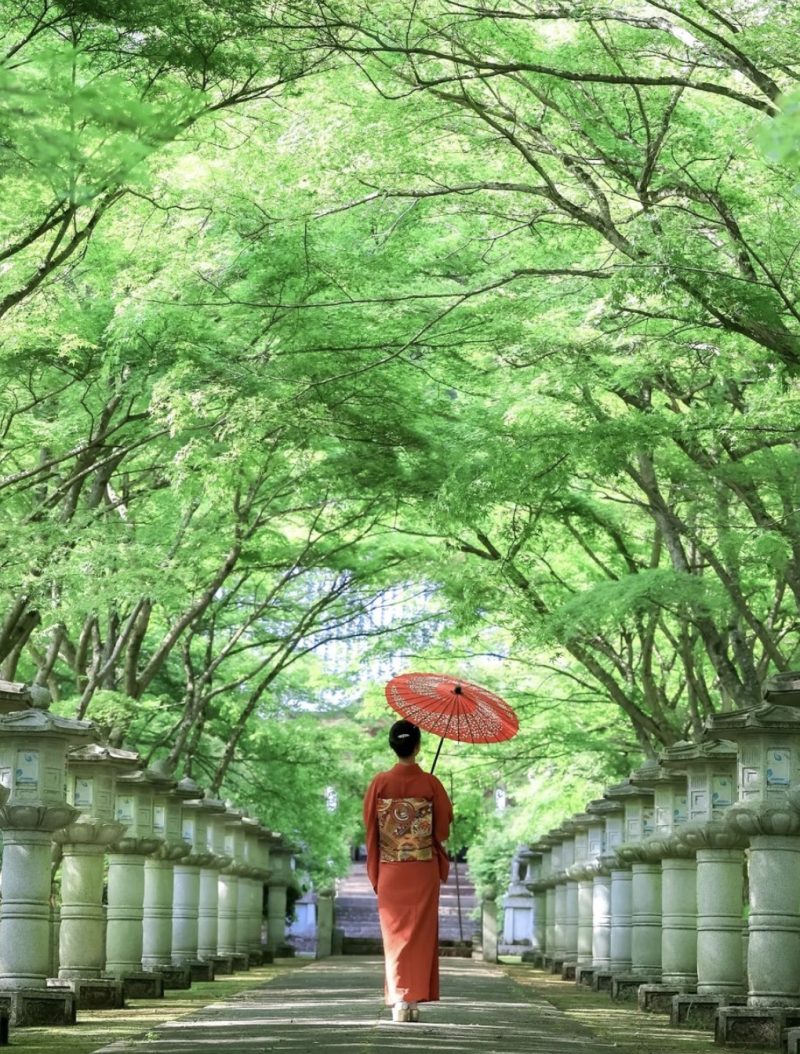
It may come as a surprise, but Japan is 68% forested and 73% mountainous. That makes it very easy to escape the noise and lights of the city and spend time in nature. So pack your hiking boots and a bento box lunch, and get out there!
Japanese culture emphasizes harmony with and appreciation for nature, and hiking is a popular pastime for people of all ages. In virtually every city, you’ll find easily accessible and scenic trails to explore. From challenging mountain peaks –including the iconic Fuji-san –to beautiful walks along rivers, there is something for everyone. Plus, it’s a great way to burn off the calories from all the delicious food you’ll be eating!
Before departure:Preparing for your visit to Japan
Next, it’s time to prepare for your trip! Here are a few important things to think about before you leave home, from necessities like passports and currency, to packing advice and more.
11. Check passports and visas
A crucial part of any overseas trip!
Your passport must be valid for at least six months from the end date of your visit, and two to four blank visa pages are recommended.
As for visas, you may not need one –citizens of these countries can enter Japan without a tourist visa, usually for 90 days. Always check with the Japanese embassy for the most up-to-date information before you travel.
We also recommend purchasing comprehensive travel insurance before your trip to prepare for the unexpected.
12. Learn some important Japanese phrases
First of all –don’t panic! It is quite possible to travel around Japan without knowing the language. Most Japanese speak some English, and you’ll find plenty of English-language signage in major cities and popular tourist locations.
That said, learning a few Japanese phrases can significantly improve your overall travel experience in Japan. It is a rich and fascinating language, and Japanese people greatly appreciate tourists making an effort to learn the language –even if it is only the most basic phrases!
13. Decide whether to buy a Japan Rail Pass.
The Japan Rail Pass is a discount rail pass offered exclusively to tourists. It gives you unlimited travel on most JR trains –including the shinkansen (bullet train) –for periods of 7, 14 or 21 consecutive days.
It sounds like a good deal, and if you make multiple long-distance trips, it could save you money. But depending on your itinerary and preferences, it may not be the best option. Our short guide to the Japan Rail Pass can help you decide.
14. Travel with a lot of yen
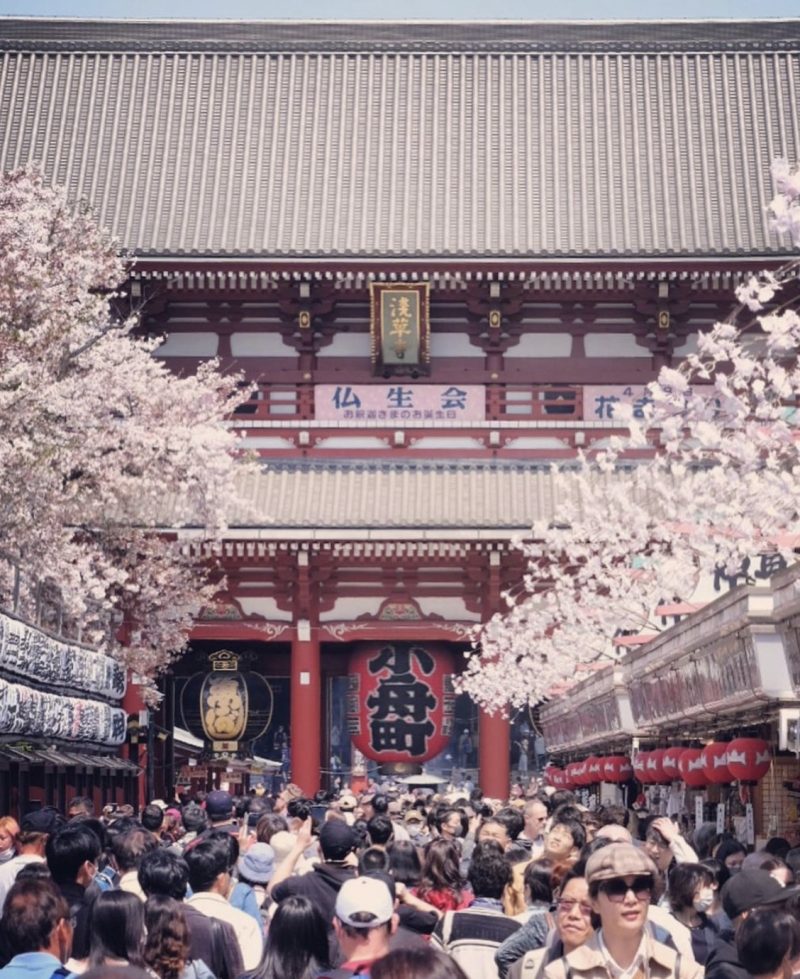
Despite its hi-tech reputation, Japan is a very cash-oriented society –so bring plenty!
Many bars, markets, small stores and local restaurants only accept cash payments, especially in rural areas. You’ll probably need to carry more hard currency than you’re used to. Fortunately, Japan is very safe, so you can feel comfortable with that.
Ideally, you buy yen in your home country, but you can also change money in Japan at the airport and at money exchange offices in every major city. Also, more and more ATMs are starting to accept international cards –especially those in convenience stores. Before you go, read all about cash, cards and ATMs in Japan.
Don’t forget to let your bank and credit/debit card provider know you are abroad so you can use your cards while you are away. If you don’t know exactly how many yen to bring, check out our article:Is Japan expensive?
15. Pak light in
Navigating Japan is much easier if you have only a small, easily portable bag or suitcase with you, especially if you are visiting a number of different destinations.
Can’t pack light? Then proceed to the Luggage Transport section below.
Most trains have only a small amount of space for luggage, and even on the shinkansen there is no guarantee that you will find a spot for a huge suitcase. In addition, the stations are often crowded, making it difficult to navigate with large bags. If you can’t find an elevator or escalator, you may even have to drag bags up and down the stairs.
If possible, limit yourself to a backpack and a small rolling suitcase –and don’t forget to save room for souvenirs, as Japan is truly a shopper’s paradise!
16. Remember the essentials!
We’ve already talked about passports, yen and weather-appropriate clothing, but there are a few more things you don’t want to forget:
- A small towel and sanitizer:Some public toilets in Japan do not have soap, towels or dryers.
- Travel adapters:Most outlets in Japan are 2-pole “Type A”(100 volts, 50-60 Hz), so if your devices have a different type of plug, be sure to bring an appropriate adapter.
- Little gifts from home:These are wonderful to give to guides and other people you meet during your trip in Japan.
- Local specialties are ideal!
17. Huur Pocket Wi-Fi
Free Wi-Fi is not as readily available in Japan as you might expect, so we strongly recommend purchasing a pocket Wi-Fi device for the duration of your stay. Pocket Wi-Fi is a small, mobile hotspot that allows you to connect to the Internet virtually anywhere in the country from your laptop, tablet or smartphone.
It’s best to order one well in advance and pick it up at the airport or have it sent to your first hotel. Most companies also allow you to rent a Japanese cell phone or a SIM card for your existing phone (if it’s unlocked), so you won’t have to pay exorbitant prices if you need to make local calls.
18. Download useful apps
If you choose Pocket Wi-Fi, you might as well use it to keep your trip running smoothly!
Countless apps can be useful during your time in Japan, but here are a few to get you started:
- Google Translate:It won’t always give you perfect translations, but it’s useful when trying to negotiate the language barrier.
- Japanese-English dictionary apps:There are plenty to choose from, including Imiwa? and Japanese. A dictionary app can be useful for quickly looking up individual words.
- Hyperdia:This app (and its accompanying website) lets you search Japanese train routes and schedules across the country in English. Combined with transportation apps specific to the cities you visit (such as a Tokyo subway app), you’ll have no trouble getting around.
- Google Maps:This is invaluable for making your way through the sometimes labyrinthine streets of Japan. The general lack of road names can make finding restaurants and bars by address difficult, while Google Maps leads you straight to the door.
You’ve arrived:Tips for your time in Japan
Now that you’re all prepared, here are some things to keep in mind when you arrive in Japan. A mix of travel hacks and insider advice, they’ll help ensure your trip goes as smoothly as possible:
19. Buy an IC card
If there is one thing that will make your time in Japan easier, this is it.
IC cards are credit card-sized rechargeable passes that allow you to pay with a single tap in various public transportation networks (such as the Oyster card in London and the MetroCard in New York City). With such a card, you don’t have to worry about which ticket to buy or how much the fare will be –just tap and go.
Please note that you must buy paper tickets for the shinkansen and limited express/special express trains. For more information, here is a special article on train travel in Japan.
The beauty of Japan’s IC cards is that you can use them in other cities besides the one you bought them from. For example, Tokyo’s PASMO card can also be used in Kyoto. Plus, you can use it to pay for drinks and snacks in most convenience stores and vending machines –it doesn’t get much more convenient!
20. Forwarding or storing your luggage
If you haven’t managed to pack light –or if you’ve bought a lot of souvenirs –you may find traveling around Japan with a large suitcase a bit tricky.
Fortunately, Japan has an answer to your problem:ship your bags separately with the wonderful takuhaibin luggage service. This overnight service (longer if you’re traveling to airports or distant destinations like Okinawa and Hokkaido that involve ferries) makes sure your bags are ready when you arrive. Your hotel or ryokan will be happy to arrange it for you.
If you want to store your bags for even a few hours, you can take advantage of the many coin-operated lockers in Japan. Often found at train stations and shopping malls, they are a safe, affordable and convenient place to leave your bags during a day of sightseeing.
21. Take advantage of Conbini (convenience stores).
Japan’s legendary convenience stores –known locally as conbini –really make life for travelers and locals alike, well, easy!
In conbini you can find ATMs to withdraw money with your foreign credit or debit card, and arrange luggage transport if you are staying somewhere like an AirBnB instead of a hotel. They offer a surprising array of food, drinks and snacks, including reasonably priced coffee. In addition, they sell a fantastic assortment of travel items and toiletries in case you forgot something.
You can also buy tickets there for events such as baseball games, and attractions such as Universal Studios Japan in conbini. You can even pay for domestic flights and bus tickets there, although not always in English.
The best part is that there is one on almost every corner.
22. Take your trash home
For such a clean country, Japan has surprisingly few trash cans.
You’ll find them in places like convenience stores and train stations, but on the streets there are hardly any. Except sometimes next to vending machines or in public places like parks, you won’t see many places to dispose of your trash. You may find yourself holding on to your trash much longer than you expect –perhaps even until you get back to your hotel.
You can prepare for this by bringing a plastic bag or reusable bag to store trash in while you’re out and about. It’s a small tip, but can make all the difference when you have a handful of trash and nowhere to put it!
By the way, more and more Japanese supermarkets are starting to charge a few yen for shopping bags, so bringing your own can save you money –and the environment.
23. Avoid crowds by timing your sightseeing well
It is no secret that many of the best sights in Japan can be quite crowded. Kyoto in particular is known for drawing large numbers of tourists to its most famous sites, such as the beautiful Fushimi Inari, Kiyomizu-dera and Kinkaku-ji.
To avoid the worst crowds, plan your visit at quieter times, namely early morning or late evening. The sights are then just as beautiful, but you’ll have to share them with far fewer people. Perfect!
Tips for Japanese etiquette
Japanese don’t expect travelers to know all their customs inside and out –don’t get too worked up. As long as you are respectful, you will be forgiven if you make a few etiquette mistakes! But a little effort will get you a long way, so here are some Japanese etiquette pointers.
24. Think before you tip
Tipping is virtually unheard of in Japan, despite the phenomenal level of customer service. If you try to tip, it will almost certainly be refused –creating a potentially awkward moment.
If you want to show your appreciation to someone as a private guide or interpreter, an alternative is to bring a small gift from your home country. If you would like to tip, do so in a manner consistent with Japanese tip etiquette so that you do not appear embarrassed or blunt.
25. Take off your shoes
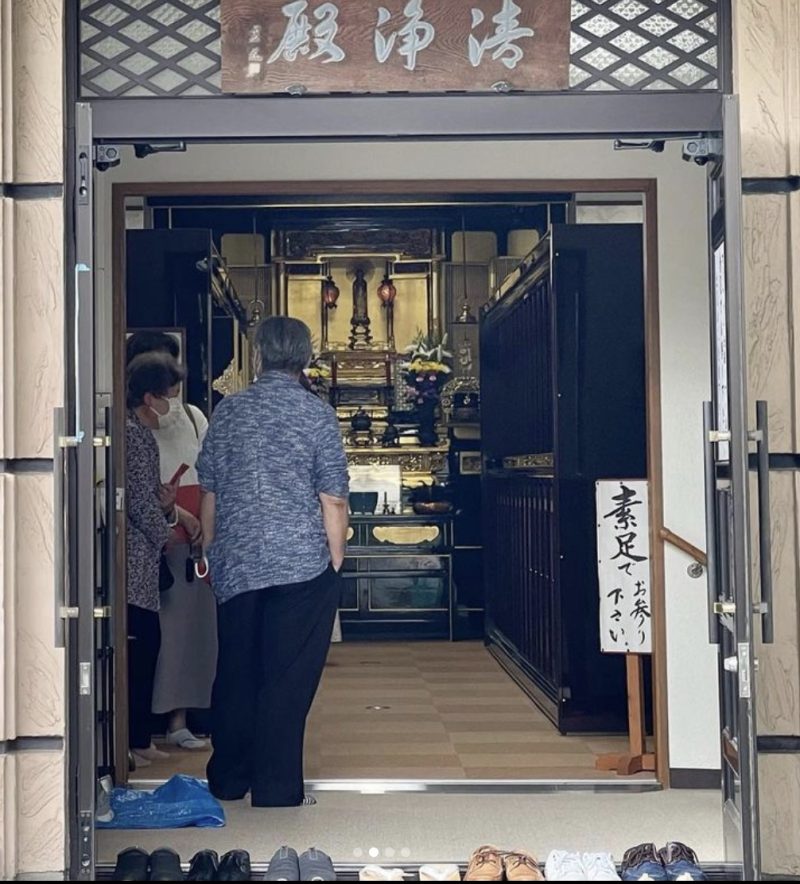
Before entering houses, ryokan, certain temples, traditional restaurants and any room with tatami mats, you should take off your shoes. It is advisable to wear shoes that go on and off easily, as you will be doing this a lot!
In some places you can wear indoor slippers, but that won’t always be the case. On tatami, for example, it’s best to wear socks to protect the mats. Therefore, it’s a good idea to wear decent socks without holes –or bring a pair if you don’t wear any.
In general, it will be obvious when to take off your shoes:watch for indicators such as a lower entrance, tatami floors, slippers laid on the floor and shoe storage shelves. When in doubt, just ask.
26. Watch out for bathroom slippers
While traveling in Japan, you may notice that certain places, such as houses and ryokan, have slippers that can only be used in the bathroom.
When you enter the bathroom, leave your regular slippers outside the door and switch to bathroom slippers. These should only be worn in the bathroom, so remember to change back when you leave. This common faux pas can result in you being greeted by (friendly) laughter from the locals!
27. Familiarize yourself with the buttons of the toilet!
Speaking of bathrooms, Japan is known for its beautiful toilets, with a series of buttons to control various functions. These functions can include small and large flushes, a bidet, a dryer and an automatic lid opener.
Sometimes the buttons are indicated in both English and Japanese, but mostly you have to decipher the pictures and kanji characters yourself. The icons should be fairly self-explanatory, but if you feel nervous about it, you can search for a sample image online.
28. taxidermists
Japan is known for technology and efficiency, so it is no surprise that cab doors open automatically.
When you hail a cab, the driver pulls up and the back door automatically opens so you can get in. Once inside, it automatically closes behind you again.
A small thing to watch out for, but one that can save you a surprise!
29. To bend or not to bend
Bowing is one of the most common Japanese customs, and it is used in a wide variety of situations, such as greeting people, thanking someone, and apologizing. As a rule of thumb, the deeper the bow, the more respectful.
Don’t worry if you feel uncomfortable at first. Most Japanese people know that bowing is unusual in the West, and they won’t scrutinize your efforts! If you prefer to shake hands, that’s probably fine too.
30. Smoking in Japan
If you are a smoker, you will probably find that Japan is more lenient than your own country when it comes to cigarettes. Many traditional restaurants and bars still allow smoking inside. Train stations and other public places often have indoor smoking areas where you can go to light your cigarette. Be careful on the streets, however, as smoking is usually not allowed on busy sidewalks –instead, you should look for a designated smoking area.
For non-smokers, the situation in Japan may be a bit frustrating. But fortunately, more and more bars and restaurants are choosing to make their premises smoke-free. A quick check of their website or signs in the window should help you find non-smoking establishments.
31. Bedek’s tattoos

In Japan, there is still an association between tattoos and organized crime. As a foreigner, you are unlikely to be mistaken for a member of the yakuza. However, you may need to cover your tattoos if you want to use public facilities such as gyms, swimming pools and onsen (hot water baths).
If your tattoos are too big or awkward to cover, don’t worry. You can always use a private onsen or search online for a tattoo-friendly onsen. These are becoming more common these days, especially at establishments that want to cater to overseas visitors.
32. Be respectful on public transportation
Japanese society is known for its emphasis on politeness, and one of the places where this is most evident is the train network. Conductors bow to you, carriages are spotless, and departures are so punctual you could set your watch to it.
Keep these simple pointers in mind, and you’ll fit right in:
- Don’t talk on your phone on public transportation. If you need to make or answer a call on the train, you can do so in the small compartments between carriages.
- Line up in the designated seats. On the train platform, you will usually see painted lines, numbers and symbols on the ground indicating where to wait. And, of course, let people off the train before you try to board.
Enjoy! Take pictures out the window, lean back in your seat on the shinkansen, grab a delicious bento box lunch from the station or the beverage cart. Trains are a great place to relax while gliding seamlessly to your next destination.
33. Use the money tray
In Japan, money is rarely given directly from hand to hand.
When you buy something in a store, restaurant or bar, you often see a small tray next to the cash register. It may be on the counter or attached to the cash register itself. You have to put your money or credit card in the tray, rather than giving it to the cashier.
The cashier will usually put your change in the cash bin after the transaction is completed. The same system works when paying for services in hotels, cinemas and onsen.
Another common practice for exchanging money is to put the money in an envelope, rather than passing it openly, and to use both hands to pass it.
Japan travel tips:Food and drink
Japan is truly a gourmet’s paradise. From Michelin-level delicacies to authentic local dishes, it more than earns its reputation as a culinary mecca. Here are some tips to make the most of Japan’s edible delights during your trip.
34. Try all the food!
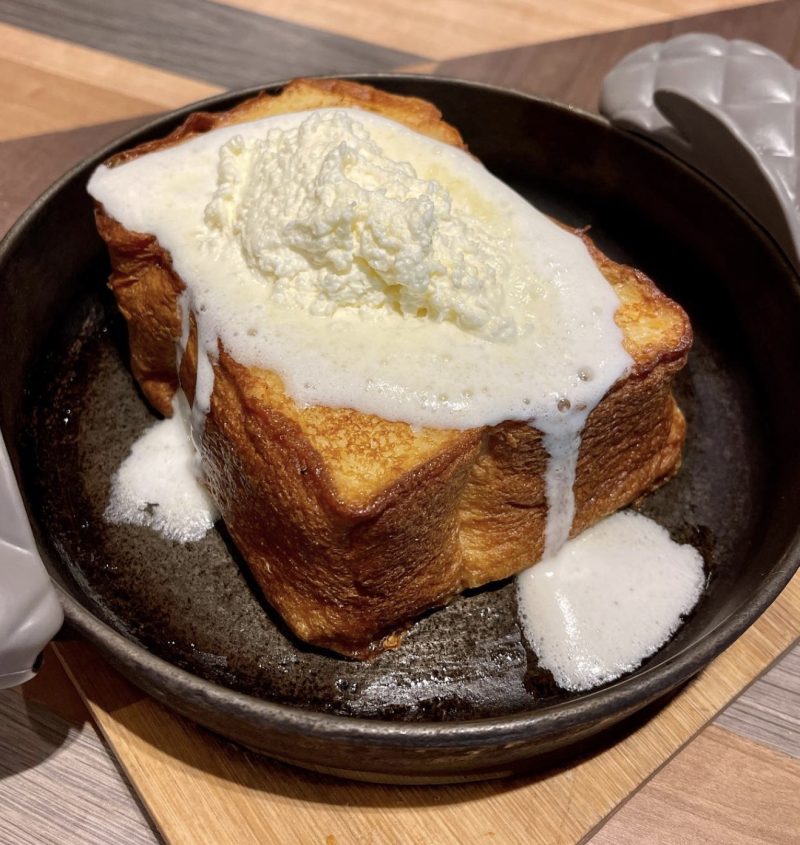
This may seem a bit obvious, but it is still a travel tip worth taking.
For a truly high-end experience, indulge in a seasonal multi-course kaiseki meal –or the vegan/vegetarian version known as shojin ryori. To sample an eclectic variety of Japanese food in one place, head to an izakaya. These casual Japanese-style eateries are a must and one of the best ways to fully immerse yourself in the local culture.
From well-known classics like sushi and ramen to lesser-known but no less delicious dishes like soba and karaage, there is a plethora of delectable Japanese dishes to try.
Moreover, there are countless local specialties to enjoy when you visit different cities. So if your itinerary includes multiple destinations, be sure to explore! To get you started, check out our recommendations for indispensable food in Kyoto, food in Osaka and food in Fukuoka.
35. Refine your chopstick etiquette
Even if you consider yourself an expert with chopsticks, you may not be aware of the etiquette to observe when using them:
A must for all the food you are going to try!
- Never point your chopsticks at another person, never wave them in the air, and never impale food with them.
- Do not stick your chopsticks into a bowl of rice, or pass food from stick to stick, as this is reminiscent of funeral rites.
- If you are serving from a communal bowl, use the other end of your chopsticks (not the end you put in your mouth) to serve yourself.
- If you can’t use chopsticks, don’t worry –you can always ask for a knife and fork.
36. Plan ahead if you have dietary needs
Contrary to popular belief, traveling through Japan with special dietary needs is certainly possible –if you plan in advance.
It is unfortunately true that dietary restrictions in Japan are not as well understood as in some other countries, and cannot always be taken into account. But if you follow this advice, you will make your life much easier:
To avoid misunderstandings, state specifically what you can and cannot eat (rather than just saying you are vegan or gluten-free, for example).
Indicate well in advance when you ask a restaurant or ryokan to adjust their menu, as it takes time and preparation.
Learn some important Japanese words or take a phrase card with you. Learn phrases related to your diet such as:
- ‘I’m allergic to ___.’
- ‘I can’t eat ___.’
- “Does this contain ___?
Research, research, research! The Internet is a gold mine of information and advice for travelers with dietary needs in Japan. There is an increasing number of websites about being vegan/vegetarian/gluten-free/etc. in Japan, which can be absolute life-savers.
37. Try sake
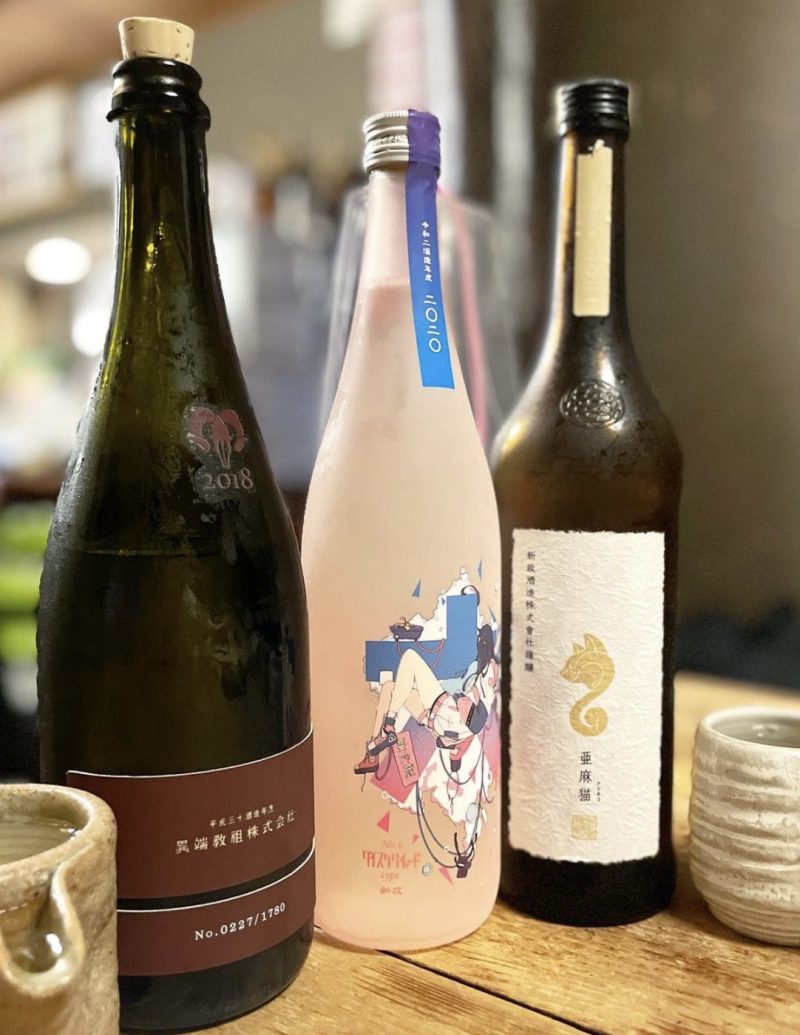
No list of Japan travel tips would be complete without a little sake!
If you’re not an expert, the best way to learn to appreciate sake is simply to drink it. If you don’t know where to start, try a sake tasting or a tour of a brewery for a crash course. Another option is to ask the bar or restaurant staff for recommendations.
One thing to keep in mind is that the word ‘sake’in Japanese refers to all alcoholic beverages in general. Use the word ‘nihonshu’when you order, and you’re sure to impress! When drinking with a group, always fill others’glasses, not your own –and they will do the same for you.
For a longer introduction to Japan’s national drink, check out our Sake 101 guide. For something different, consider shochu.
Incidentally, although Japan is perhaps best known for its sake, it also has an internationally acclaimed whiskey industry. There are several Japanese whiskey distilleries in the country that you can visit for a behind-the-scenes look and tasting, as well as a plethora of specialty whiskey bars.
38. Attend a tea ceremony
Japan is home to one of the world’s most venerable tea cultures, and nowhere is this more evident than in the traditional tea ceremony.
Participating in a tea ceremony is a delightful Japanese experience. Using matcha –a high-quality, finely ground powder made from shade-grown green tea plants –it’s not just a way to learn more about preparing and serving tea. The ceremony is also a chance to step away from the hustle and bustle of everyday life and enjoy authentic Japanese hospitality.
You are not expected to know the etiquette of the tea ceremony –after all, that’s part of what you come there to learn! Just remember to wear nice socks and comfortable clothes, because you will probably be in a tatami room and thus have to remove your shoes and sit on the floor.
39. Don’t limit yourself to just Matcha!
Matcha may be the most famous, but it is certainly not the only tea in Japan to explore.
If you are a tea lover, be sure to take the opportunity to try all the teas on offer. From grassy sencha and top-quality gyokuro, to roasted hojicha and genmaicha with brown rice, Japan has a tea for every taste and occasion. In addition to tea ceremonies, you can visit tea houses for tastings, and even tea plantations for tours.
Tea leaves are also an ideal souvenir, allowing you to take home a taste of Japan.
Not a fan of tea? Japan also has a thriving specialty coffee scene, so be sure to check it out if a cup of coffee is more your style.
Anything can happen during your trip to Japan, so make sure you have comprehensive travel insurance.

